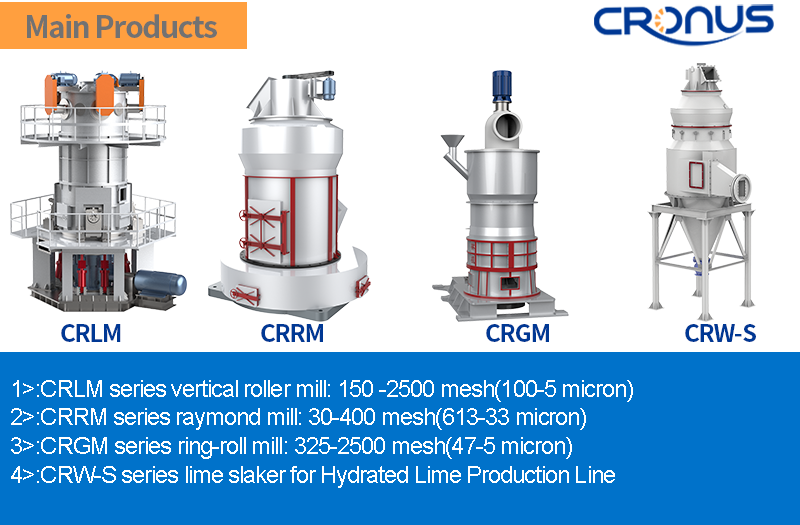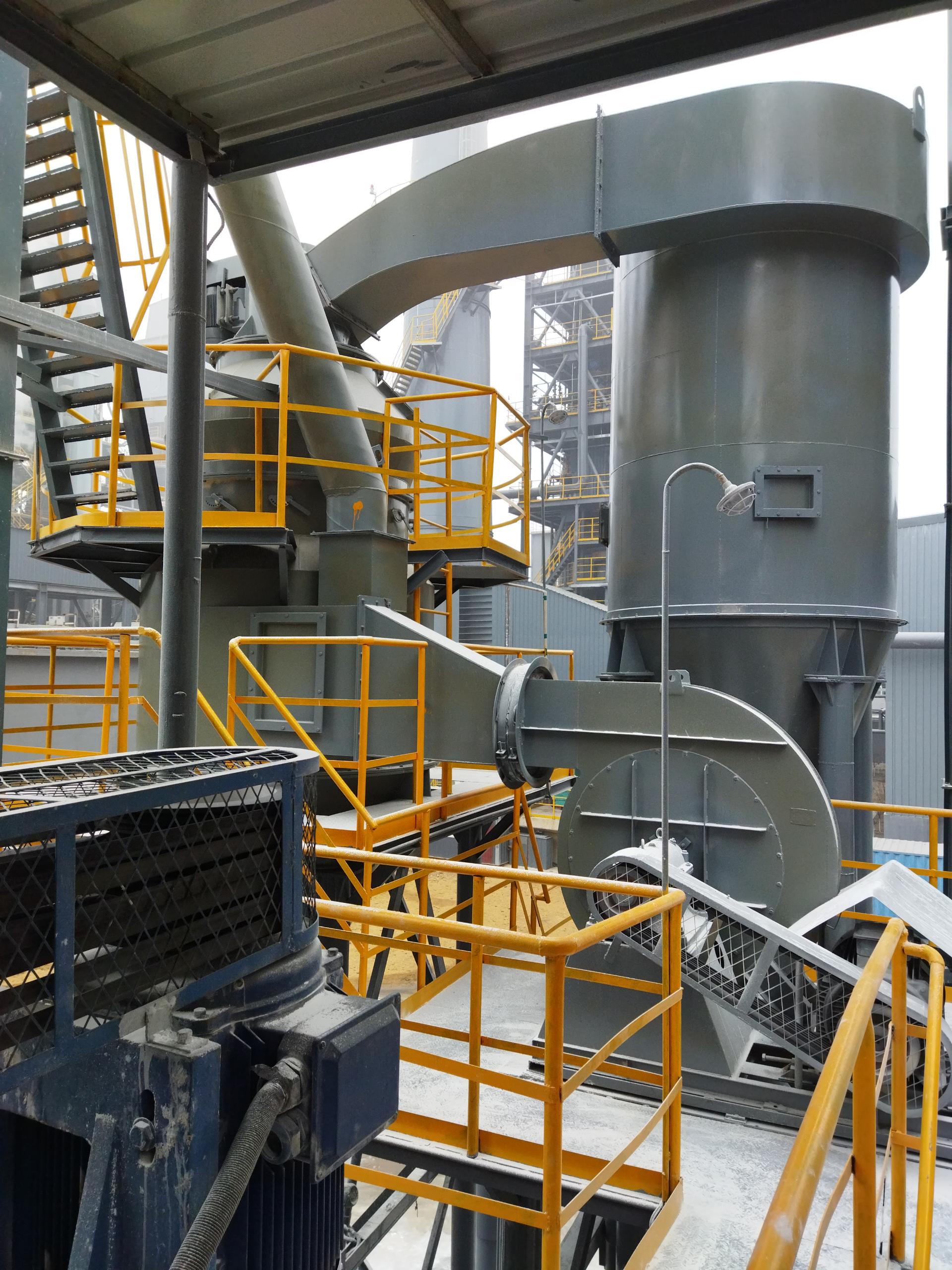
Lime Kiln vs Calcium Hydroxide Equipment: Key Differences for Industrial Applications
Lime kiln and calcium hydroxide equipment are two different industrial devices, each playing an important role in the production process. In view of the differences in the structure and function of lime kiln and calcium hydroxide equipment, clarifying the differences and connections between the two will help to correctly select the two equipment and improve production and product quality.
Core Functional Distinction
First of all, lime kiln and calcium hydroxide equipment are both used to produce and process lime and calcium hydroxide, but their structures and functions are different. Lime kiln is a new type of limestone production device that produces quicklime by calcining at high temperature. Calcium hydroxide equipment uses quicklime and water to undergo a series of chemical reactions to obtain a solution called calcium hydroxide.
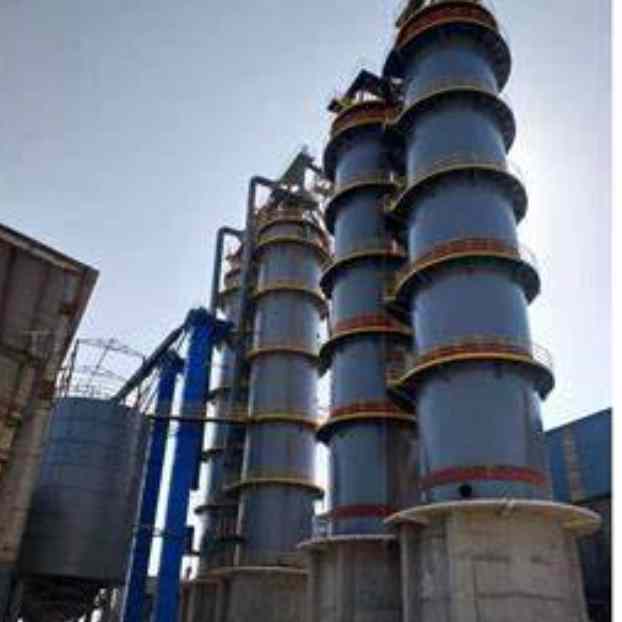
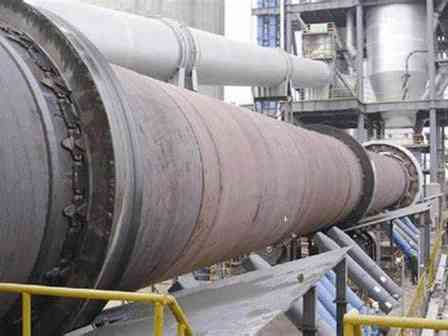
Product Flexibility Through Process Control
Secondly, the application of lime kiln and calcium hydroxide equipment in production process is also different. Since lime kiln needs to be calcined at a higher temperature, it consumes more fuel and has certain requirements for the temperature in the kiln. However, the operation of calcium hydroxide equipment is carried out at room temperature. By controlling the concentration and temperature of the reactants, various specifications of products can be prepared.
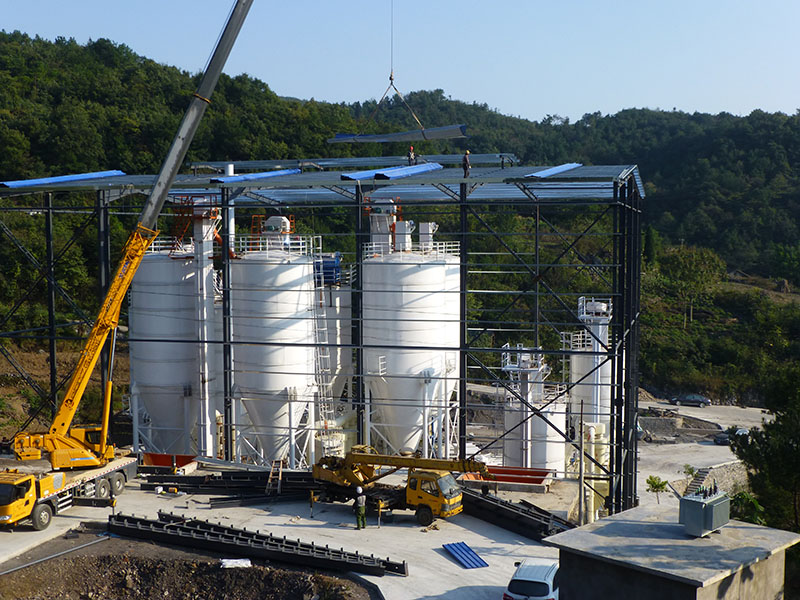
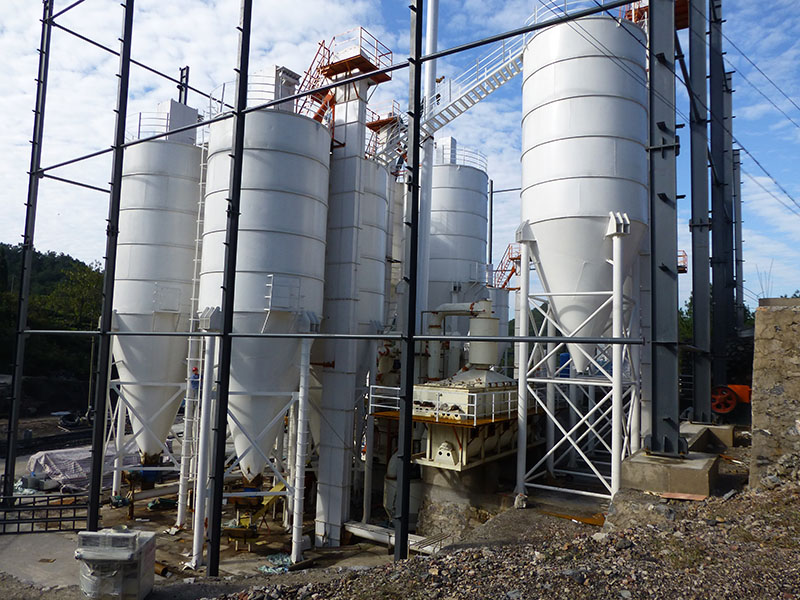
Divergent Maintenance Requirements: High-Temperature vs Ambient-Pressure Equipment
In addition, the maintenance and maintenance methods of lime kiln and calcium hydroxide equipment are different. Lime kiln is a high-temperature equipment. In order to ensure its normal operation, its refractory performance and kiln sealing performance should be regularly tested. For calcium hydroxide equipment, the internal fillers, filters and other components should be cleaned and replaced frequently to ensure the quality and yield of the prepared calcium hydroxide.

